How Designers Envisioned Racing Cars of 2025 Back in 2008
Unique drawings and renders made 17 years ago have surfaced. Today we can appreciate how the future of car manufacturing was perceived in 2008.
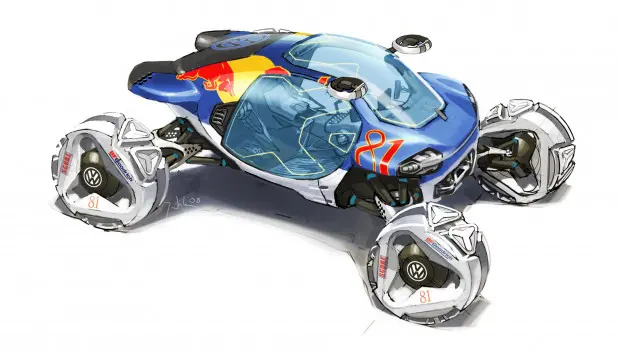
In 2008, automotive designers looked into the future with particular enthusiasm. Back then, it seemed that by 2025, cars would be entirely different — sleek, incredibly technological, almost fantastic. At the LA Auto Show in Los Angeles, concepts were presented that resembled spaceships more than ordinary cars. Designers mentioned that soon race tracks would look like runways, and the cars themselves — something between a rocket and a sports car.
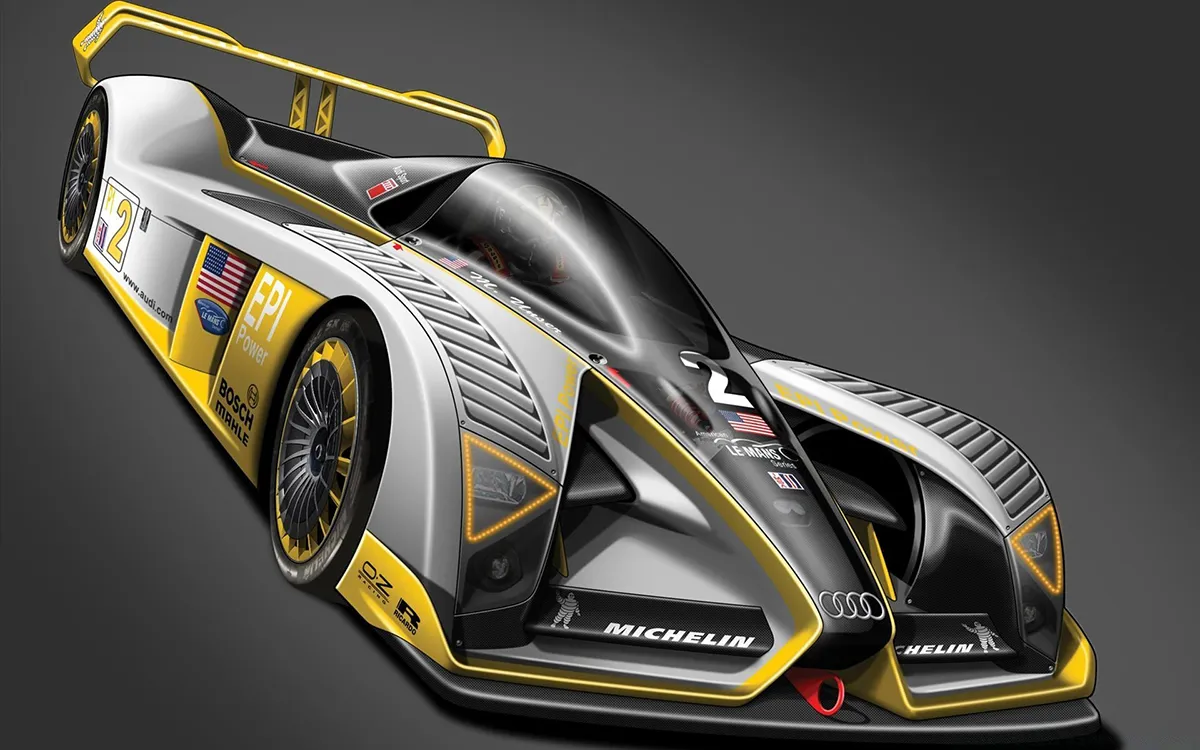
This is how they envisioned the Audi R25 model of 2025
There was especially a lot of talk about new materials and technologies. It was assumed that by 2025, all racing cars would run on biofuels and electricity, that the bodies would become lighter and stronger thanks to some special alloys, and aerodynamics would allow them to literally stick to the track. Some even drew cars with variable body geometry — to adapt to different sections of the track.
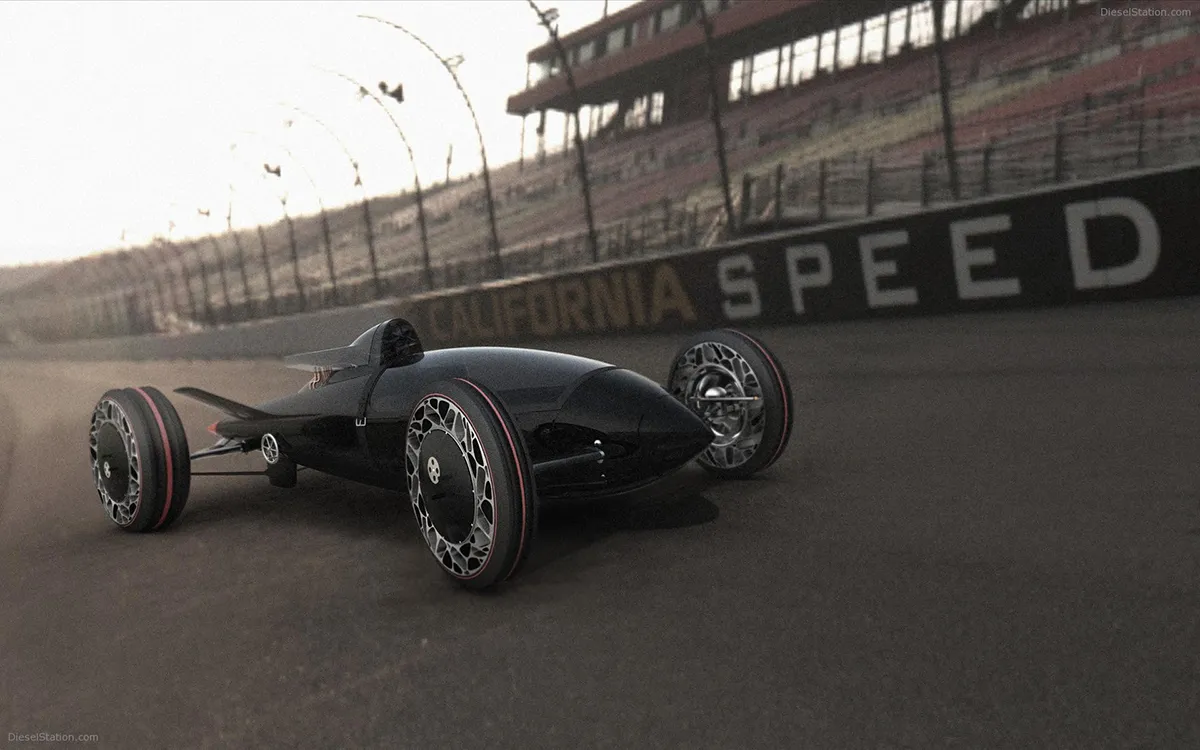
This is how they envisioned BMW
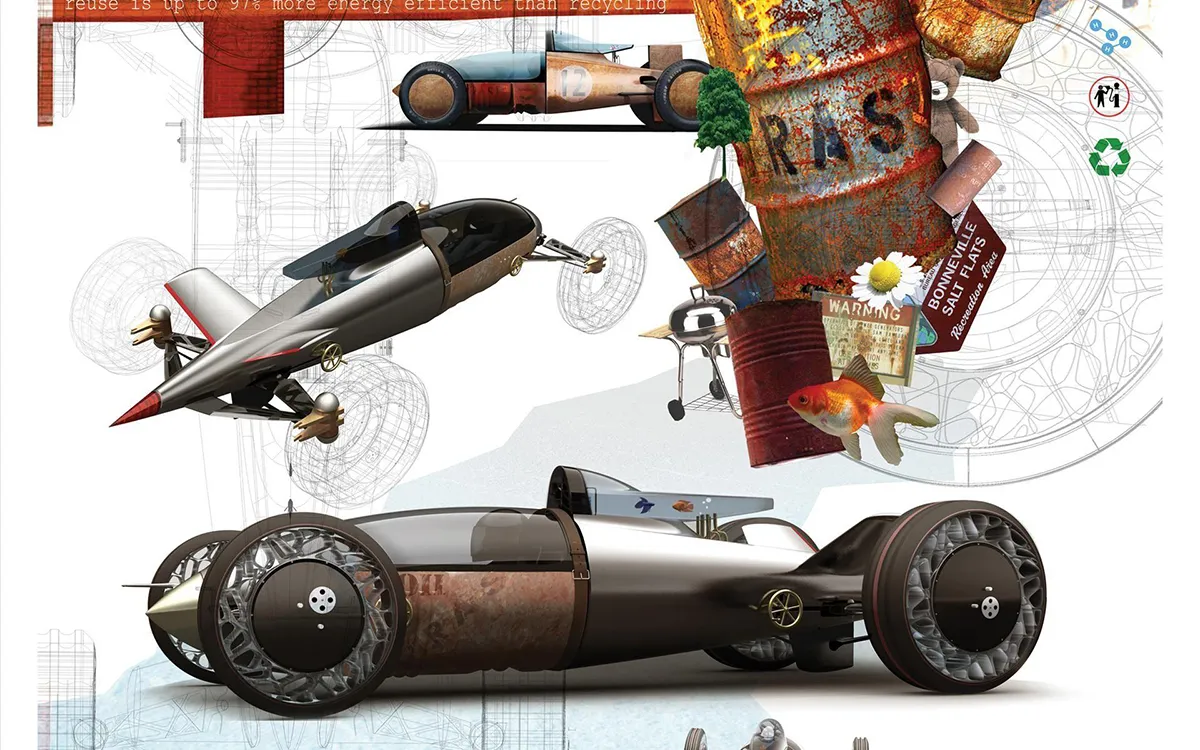
This is how they envisioned BMW - Hydrogen Powered Salt Flat Racer
It's now 2025, and it's fair to say that some of these predictions came true, but not all. Electric technologies have indeed changed motorsport — Formula E emerged, and hybrid engines became common even in the most prestigious races. But biofuels never went mainstream, and although racing cars have become faster, they've not turned into spaceships.

This is how designers envisioned Mitsubishi Motors MMR25
Interestingly, the racers themselves were skeptical about these predictions back in 2008. They understood that technology was advancing rapidly, but not enough for everything to change in 17 years. And in some ways, they were right — racing cars of 2025, while incredibly advanced, are still cars, not flying machines.
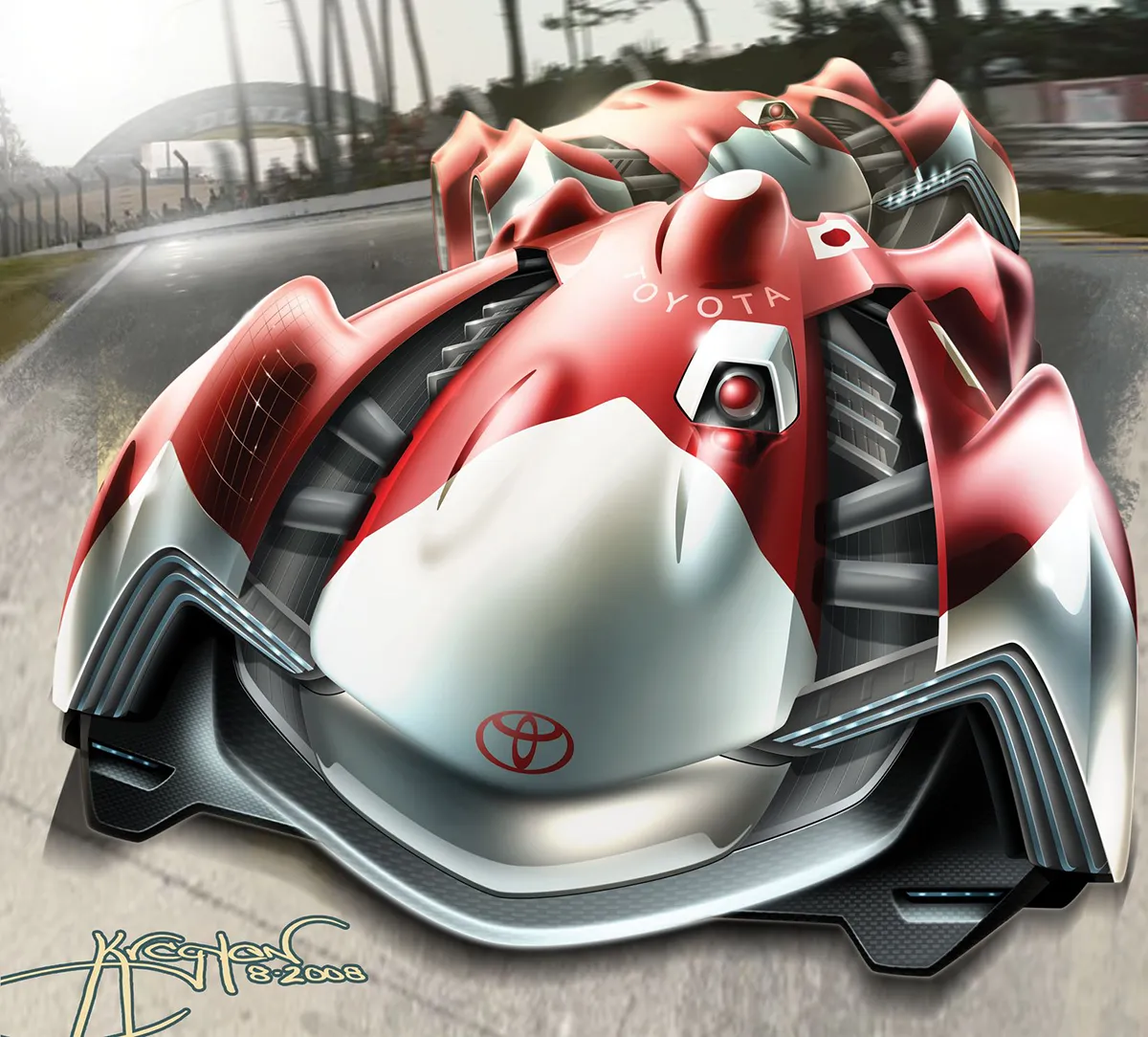
This is how the Toyota Lemans Racer was seen in the future
Looking back now, it can be said that the designers of 2008 were more about fantasizing than predicting. But these very fantasies largely spurred engineers to come up with the solutions we see today. Without such bold ideas, perhaps progress would not have been as impressive.
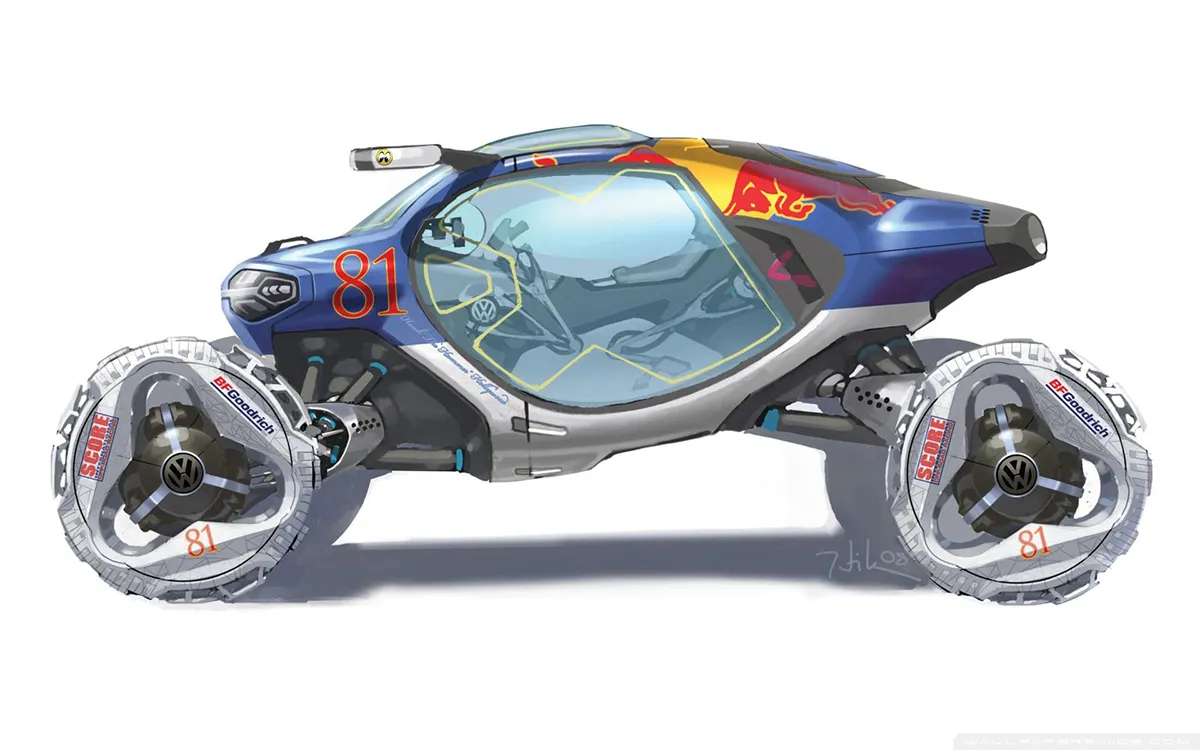
This was anticipated to be the future Volkswagen Bio Runner
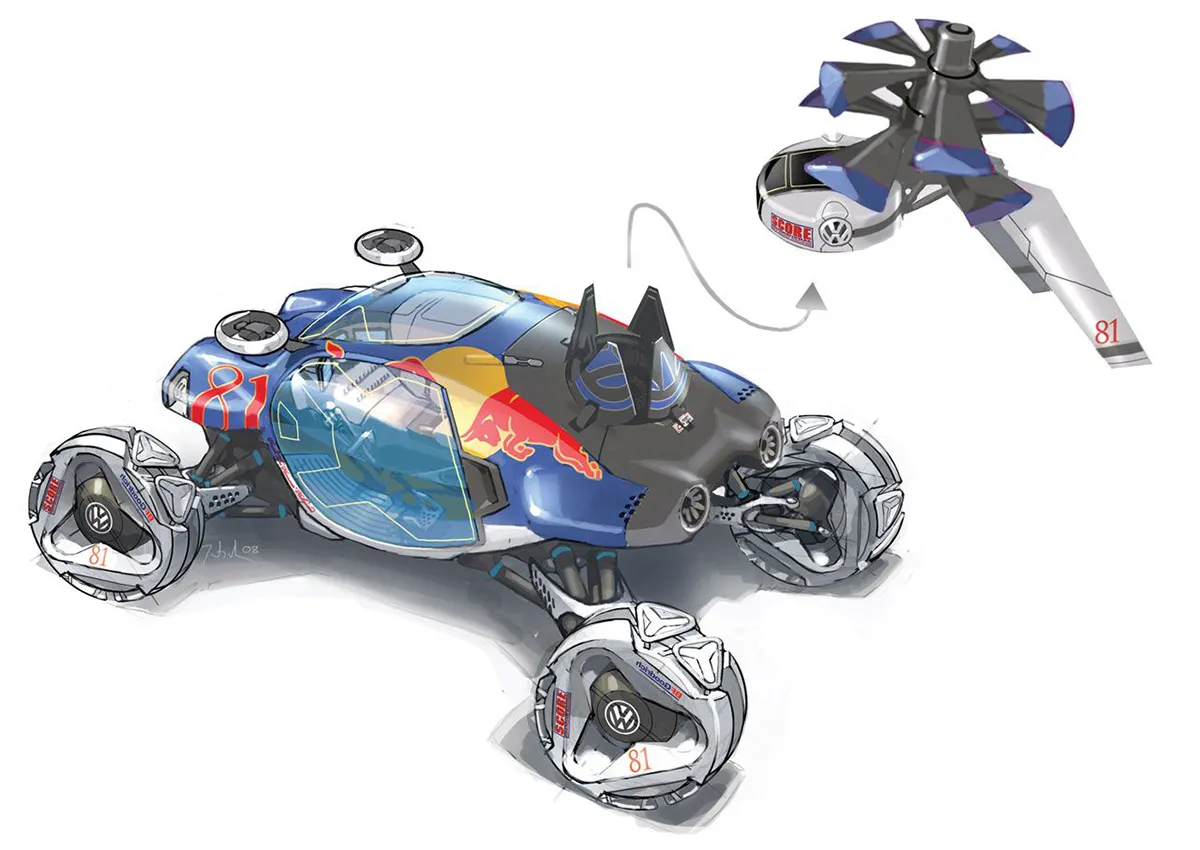
Volkswagen Bio Runner - with a drone onboard
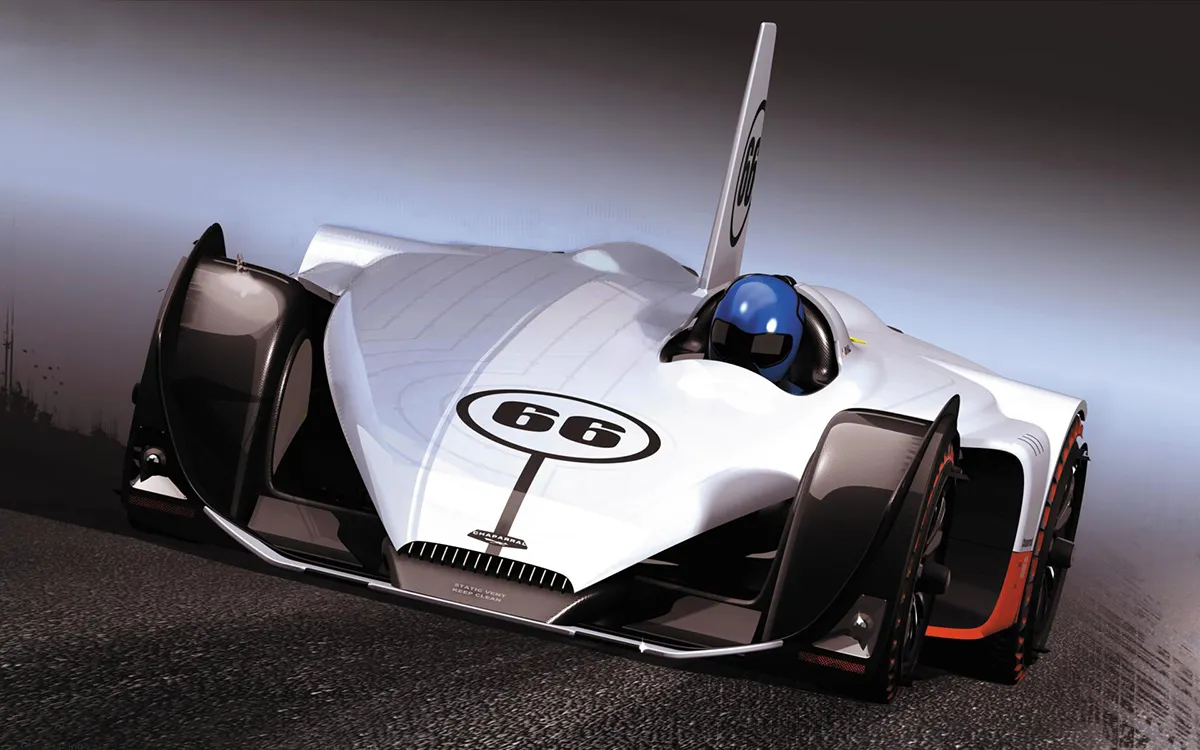
This was supposed to be the GM Chaparral Volt in 2025
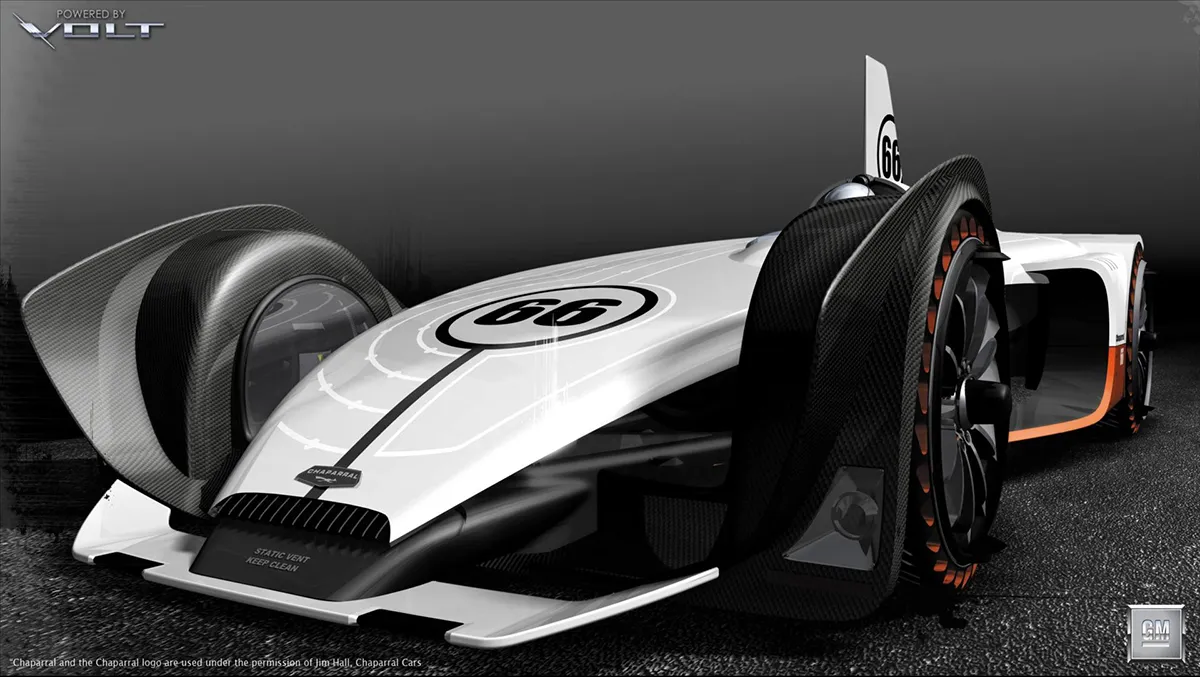
GM Chaparral Volt
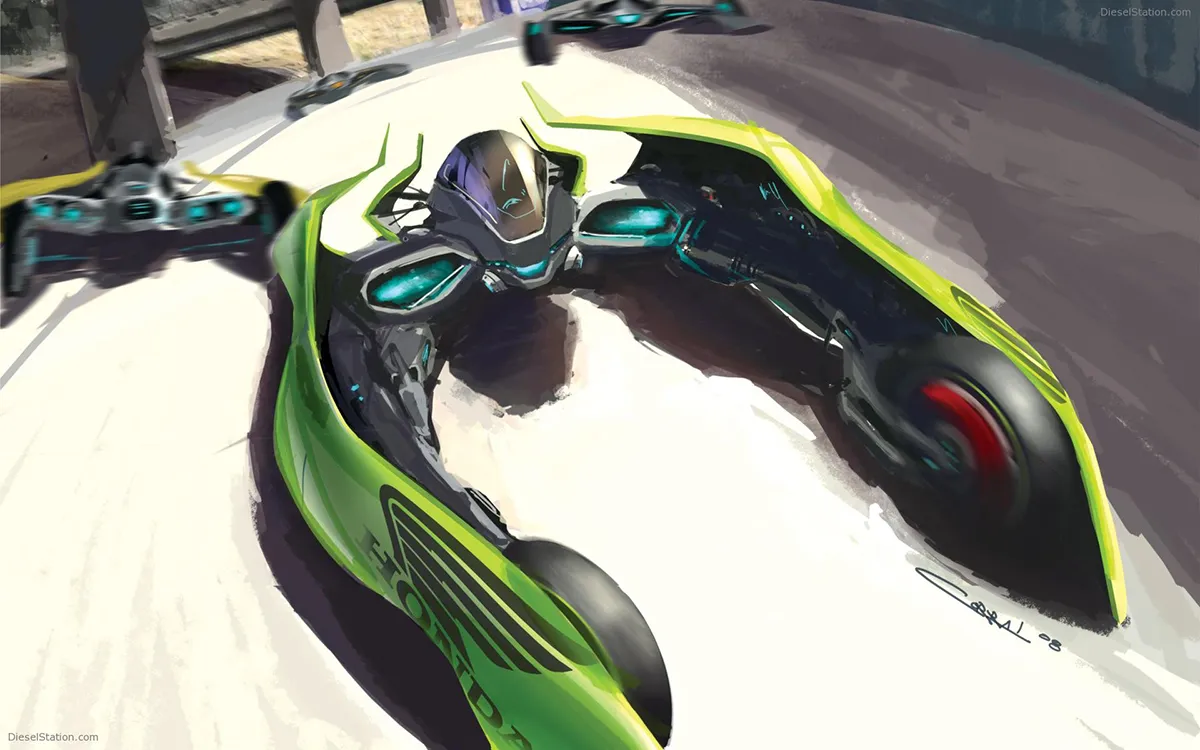
A futuristic car from Honda
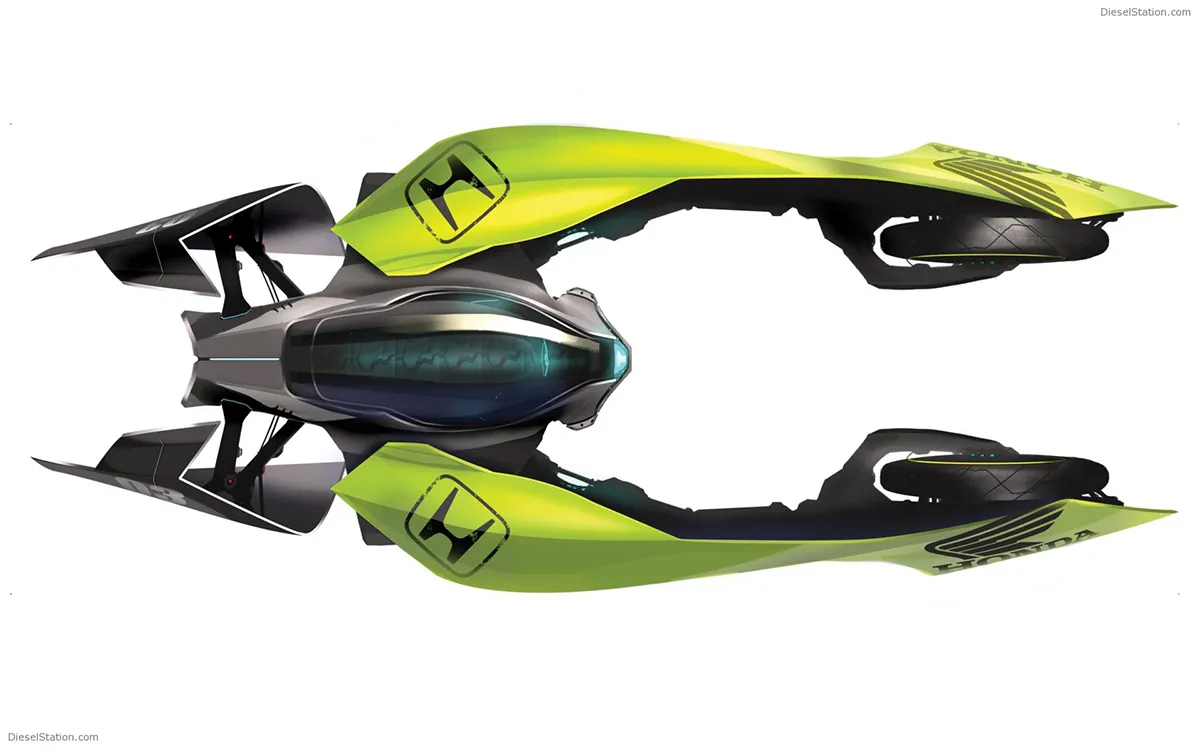
This is how designers saw the Honda racing car in 2025
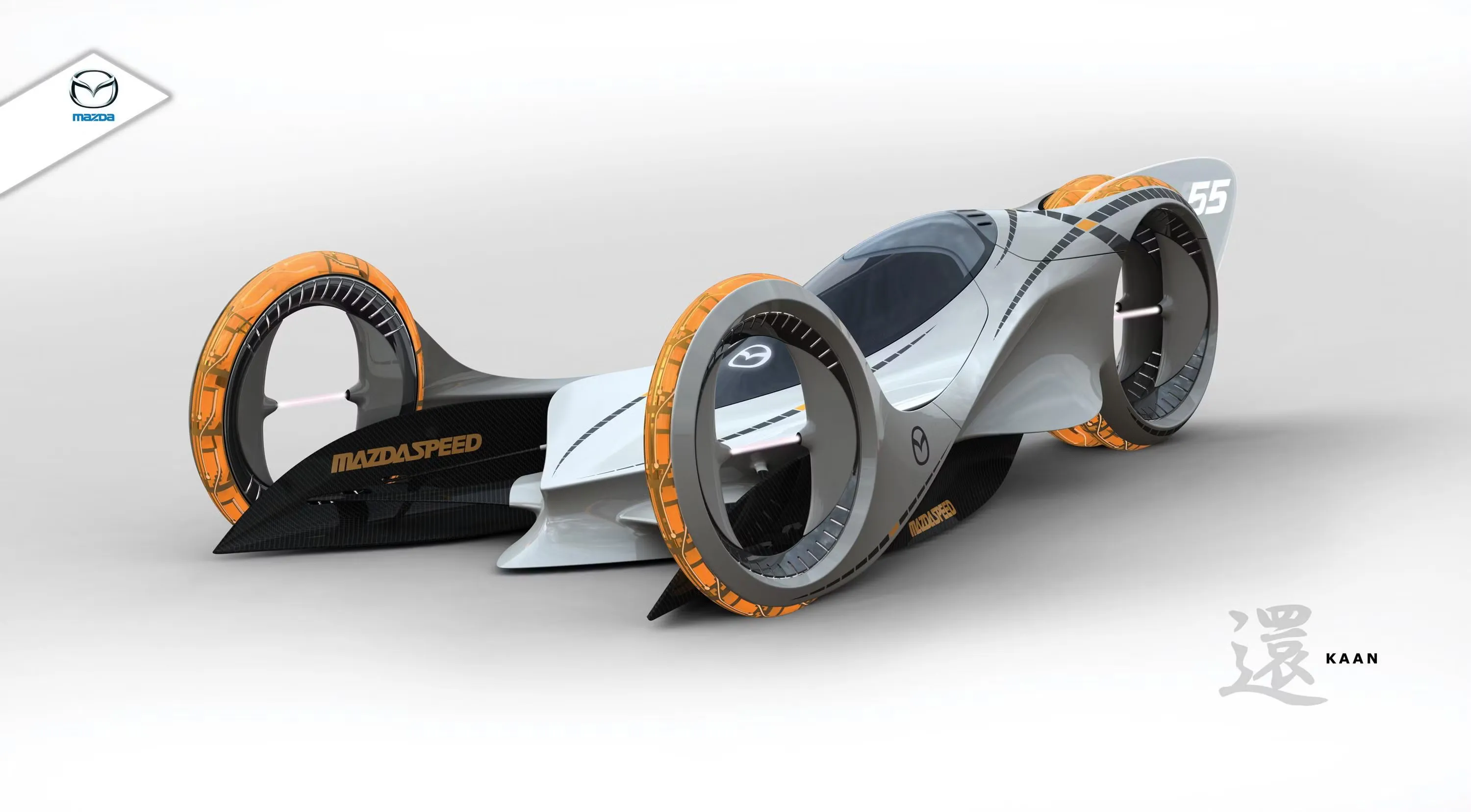
Mazda Kaan - could have been like this in 2025
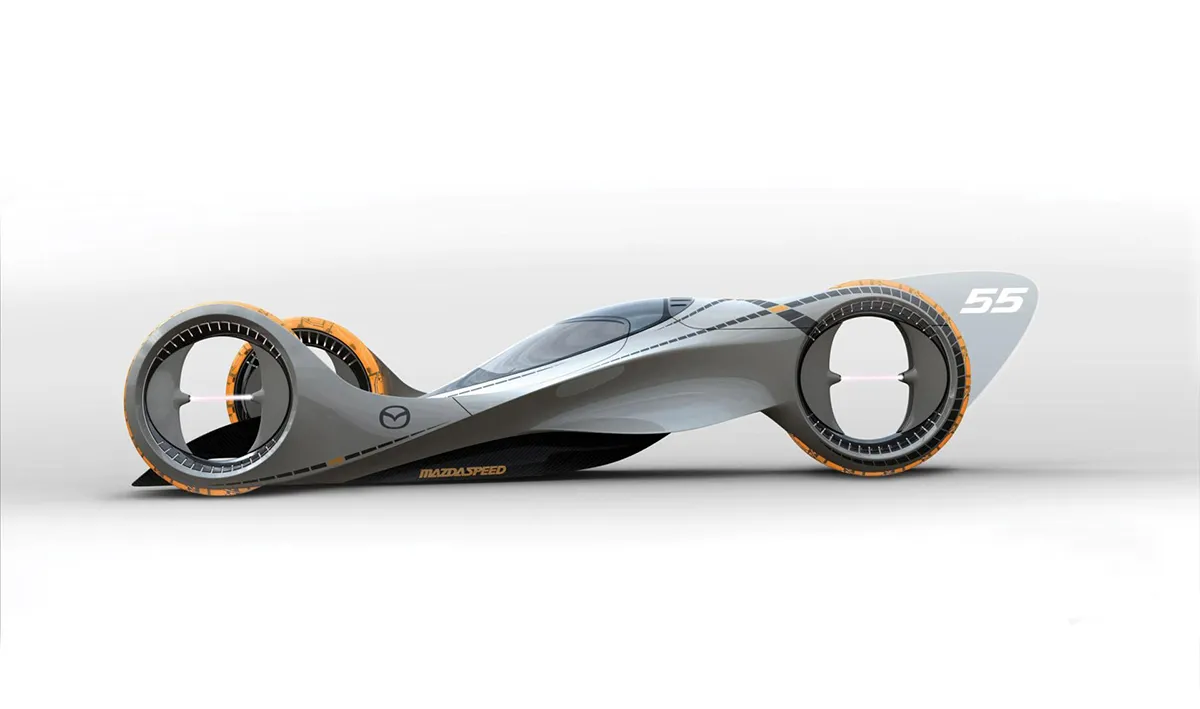
What drives the Mazda Kaan is a mystery
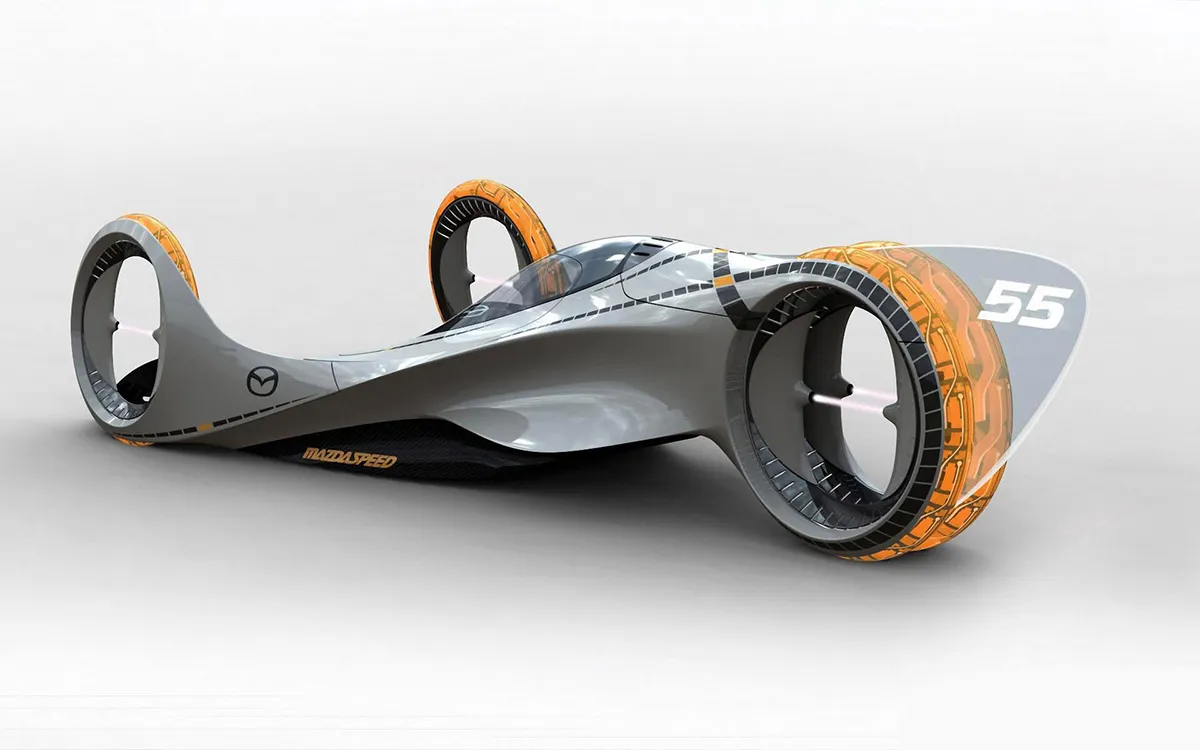
It's speculated that a reactor is used instead of a power unit in the Mazda Kaan
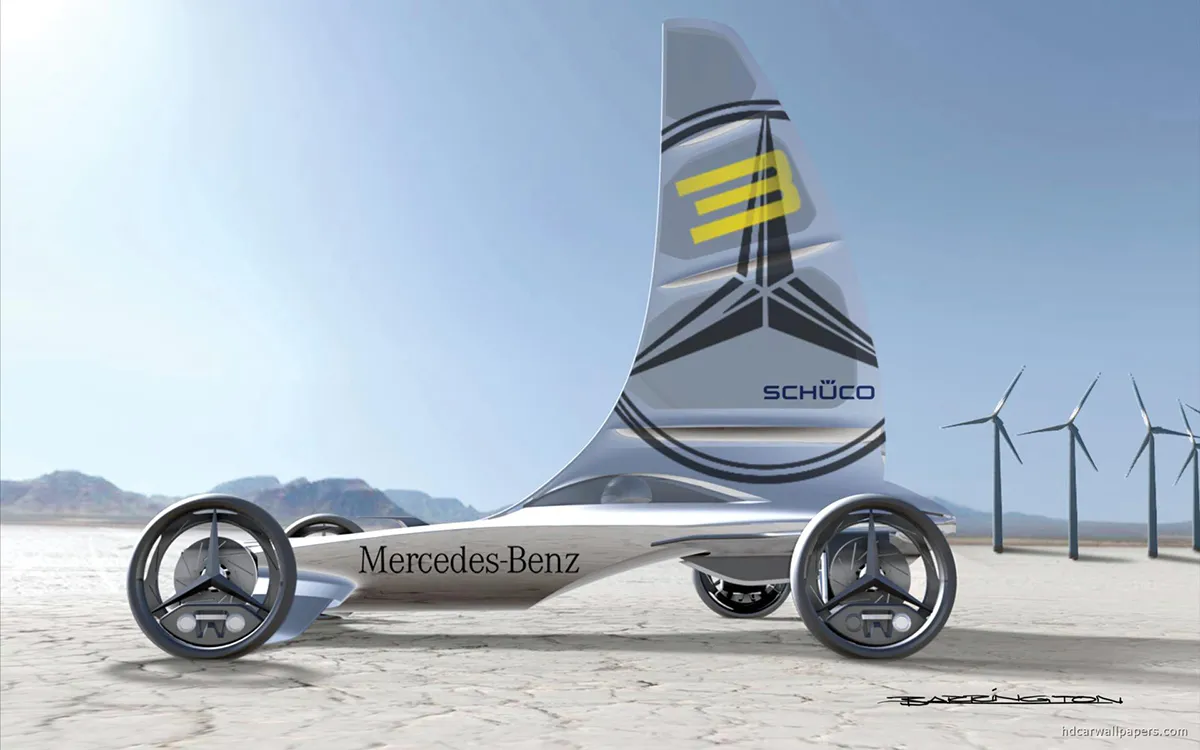
Mercedes-Benz Forumla Zero - From Formula 1 to Formula 0
You may also be interested in the news:
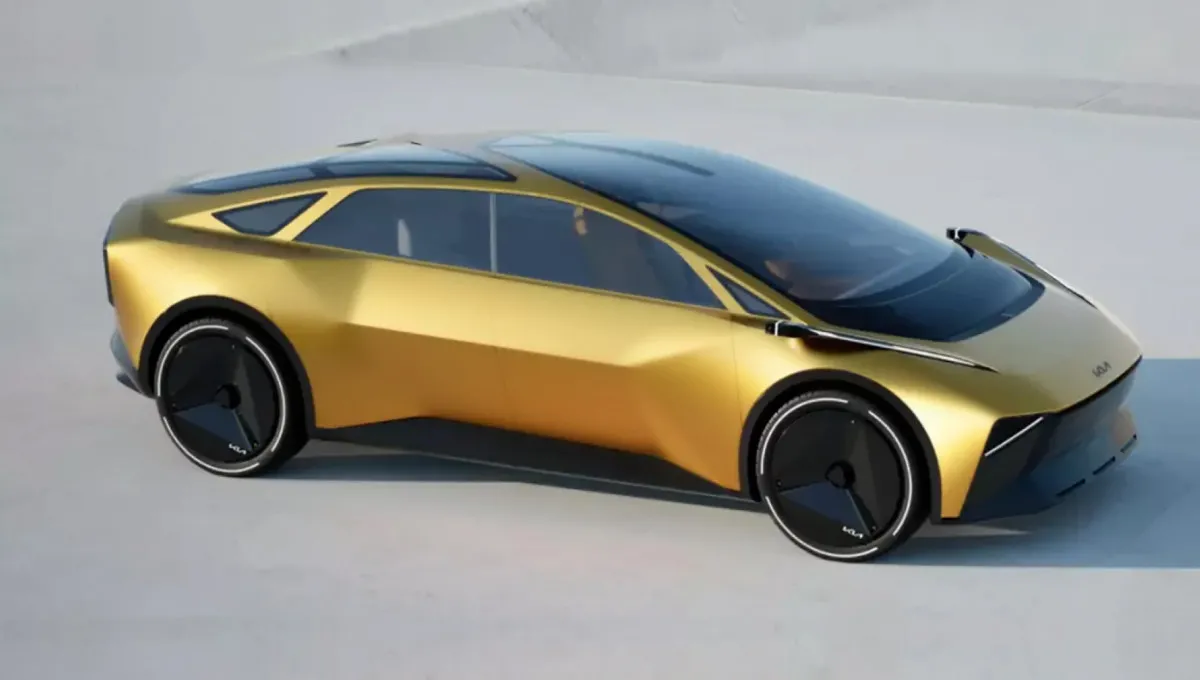
Kia Meta Turismo: a New Concept Car with a 1960s Vibe
The concept stands out with a slick projection display and an unconventional steering setup

Why Henry Ford Ordered the Corners of His Factories Painted White
A century ago, automotive pioneer Henry Ford demanded all sorts of unusual things from his workers.
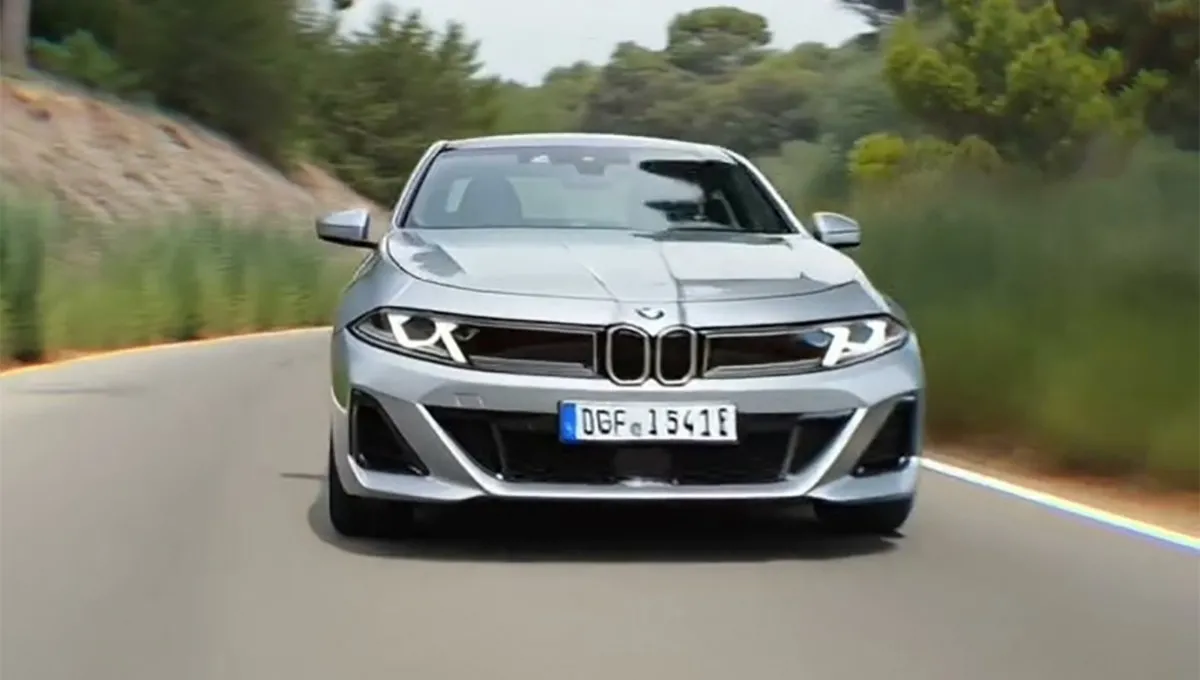
BMW Unveils Bold New Front-End Design for Upcoming 5 Series
BMW 5 Series promises a striking, divisive look that’s sure to spark debate among fans and enthusiasts alike.
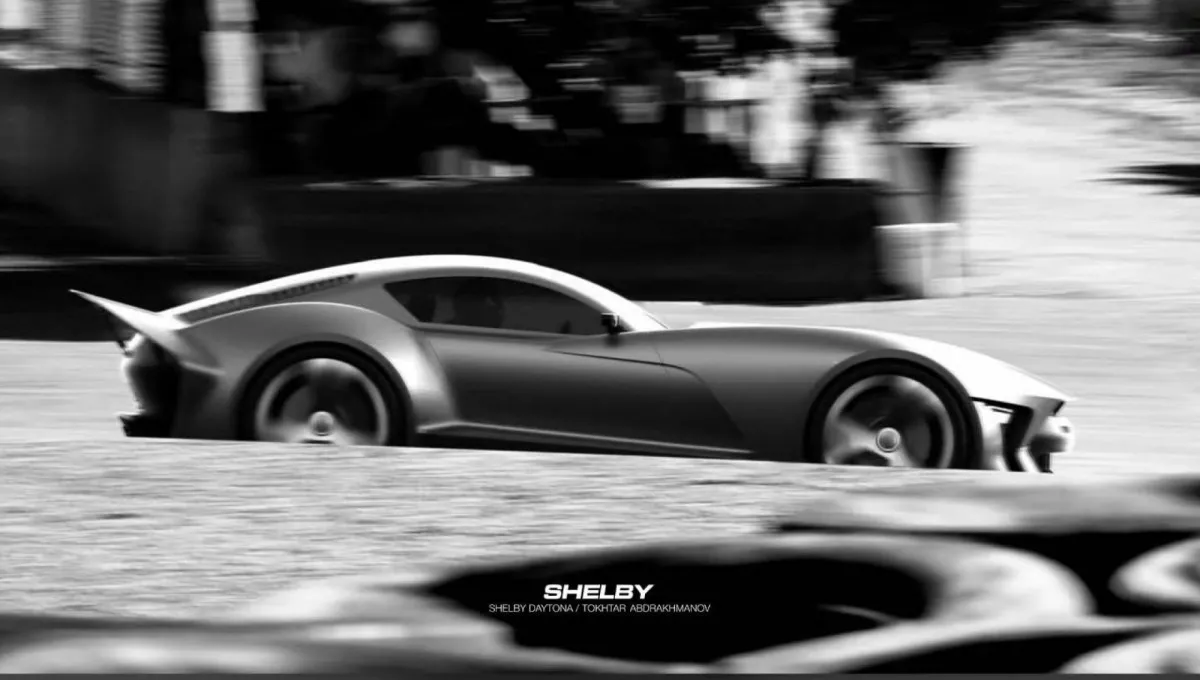
The Modern Shelby Daytona Brings the Spirit of the Shelby Cobra Into the 21st Century
The legendary Shelby Daytona Coupe is back on the road — updated, reimagined, and ready to surprise longtime fans.

Why the Popular Lubricant Is Called WD-40—and Not WD-50 or WD-100
Seasoned drivers know this little miracle spray can bail you out of an unbelievable number of car troubles.